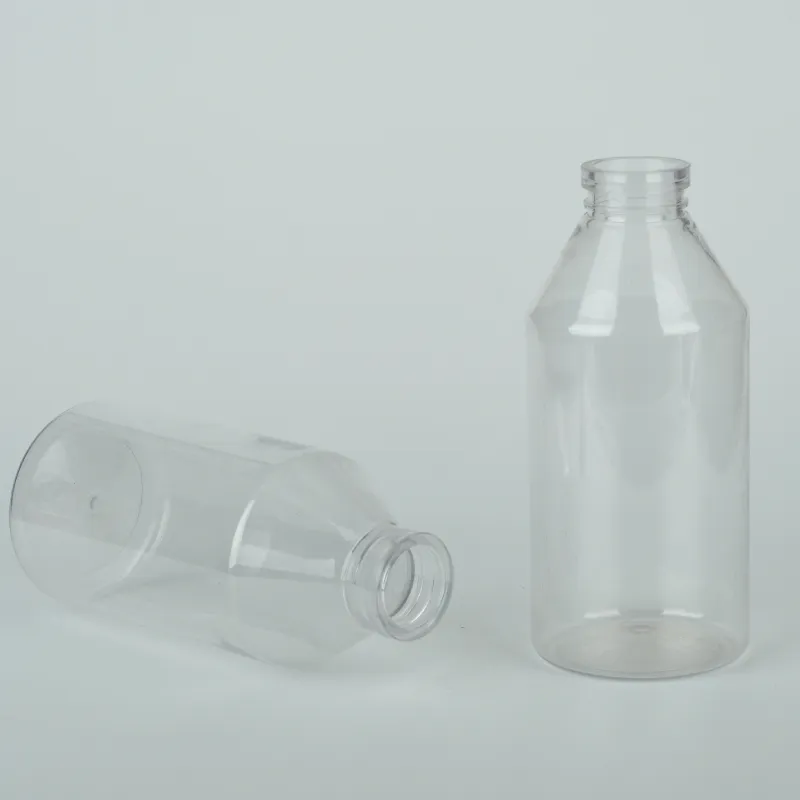reagent bottle laboratory apparatus function
The Role of Reagent Bottles in Laboratory Apparatus
In the realm of scientific experimentation, the significance of proper laboratory apparatus cannot be overstated. Among the array of tools and containers that researchers utilize, reagent bottles stand out as essential components. These bottles are designed explicitly for the storage and handling of chemical reagents, playing a crucial role in maintaining the safety, integrity, and efficacy of laboratory operations. This article will explore the functions, designs, and best practices associated with reagent bottles in a laboratory setting.
Functions of Reagent Bottles
The primary function of a reagent bottle is to safely store chemical substances in a manner that minimizes the risk of contamination and degradation. Made from materials such as glass or high-density polyethylene (HDPE), these bottles are available in various sizes and shapes to accommodate different volumes of reagents. The design ensures a secure closure, often featuring screw caps or other sealing mechanisms that prevent the escape of volatile compounds and protect the contents from environmental factors such as moisture and light.
Another essential function of reagent bottles is to facilitate the dispensing of chemicals. Many bottles are equipped with specialized dispensing systems, such as dropper tops or pour spouts, which enable precise measurement of liquid reagents. This feature is particularly beneficial in experiments requiring accuracy, where even a slight deviation in reagent volume can lead to significant variations in results.
Design Considerations
Reagent bottles are designed with specific considerations in mind. One of the critical aspects is chemical compatibility. Different chemicals may react adversely with plastics or glass, leading to degradation of the container or contamination of the substance. Therefore, manufacturers often provide guidance on which materials are suitable for specific reagents.
reagent bottle laboratory apparatus function

In addition, ergonomic design can enhance the usability of reagent bottles. Features such as easy-grip shapes and lightweight materials can reduce the risk of spills and accidents during handling. Furthermore, clear labeling on the bottles is essential not only to identify the contents but also to communicate hazardous information. Labels should include safety information, dates of acquisition, and storage conditions to ensure that lab personnel can work safely and efficiently.
Best Practices for Use and Maintenance
Proper use and maintenance of reagent bottles significantly impact laboratory safety and effectiveness. Firstly, it is vital to ensure that bottles are cleaned and sterilized before use, especially if they will be reused for different reagents. Cross-contamination can skew experimental results and lead to erroneous conclusions.
Secondly, it is advisable to store reagent bottles in a cool, dark, and dry environment to prolong the life of the chemicals inside. Exposure to light and extreme temperatures can alter the properties of some reagents, making them less effective or even hazardous.
Thirdly, implementing a systematic labeling and inventory management process helps maintain organization in the laboratory. Regular audits of reagent bottles can also be conducted to check for any expired substances, which should be disposed of according to local regulations.
Conclusion
In summary, reagent bottles are invaluable tools in laboratory settings, serving multiple purposes ranging from safe storage to precise dispensing of chemicals. Their thoughtful design and proper use are crucial for ensuring experimental success and laboratory safety. As science continually progresses, the role of reagent bottles will remain indispensable, highlighting the importance of adhering to best practices in their utilization and maintenance. For scientists and researchers, understanding how to effectively manage these containers is essential for advancing their work and achieving reliable results.
-
Aesthetic Makeup Spray Bottles | Fine Mist Empty RefillableNewsAug.19,2025
-
White Plastic Veterinary Vaccine Vials | Lab Liquid BottlesNewsAug.18,2025
-
Plastic Medicine Liquid Bottle: Secure Flip Top Drug VialsNewsAug.17,2025
-
Durable 250ml Blue Plastic Vaccine Vial for Lab & Vet UseNewsAug.16,2025
-
Sterile Virus Sample Tubes: Secure & Reliable Specimen CollectionNewsAug.15,2025
-
White 250ml Plastic Vaccine Vial for Lab & Vet MedicineNewsAug.14,2025
























